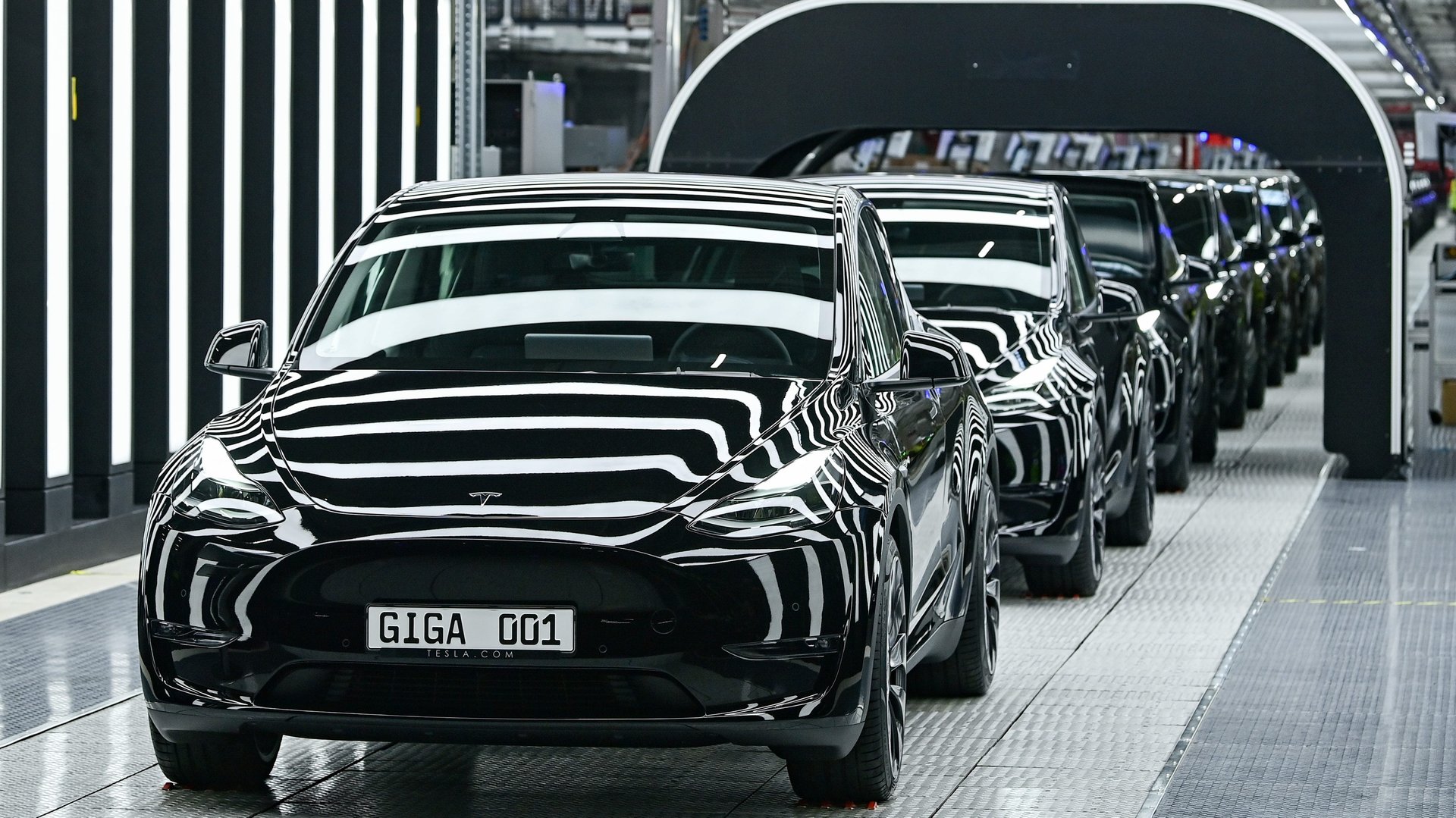Tesla is leaving the market for low-end electric cars to traditional automakers
Tesla issued its fourth price hike of the year yesterday (June 15), raising the starting cost of several versions of the Model 3, Y, S, and X about 5% each. Tesla frequently tweaks its prices and rarely explains why, but over the past two years the company has dealt with semiconductor shortages, a pandemic-induced factory shutdown in Shanghai, and rising costs for key battery metals like nickel.


Tesla issued its fourth price hike of the year yesterday (June 15), raising the starting cost of several versions of the Model 3, Y, S, and X about 5% each. Tesla frequently tweaks its prices and rarely explains why, but over the past two years the company has dealt with semiconductor shortages, a pandemic-induced factory shutdown in Shanghai, and rising costs for key battery metals like nickel.
Tesla’s price hikes will help the company maintain some of the highest gross profit margins in the auto industry—33% in the most recent quarter—despite rising supply chain costs. So far, the company has cornered the market for high-margin luxury electric vehicles (EVs) and has been content to let traditional automakers like GM and Nissan fight for control of the less profitable market for affordable EVs.
GM has never made a profit on its most popular EV, the Chevy Bolt. Since 2019, the carmaker has slashed the price of the Bolt by 29% in a bid to undercut the Nissan Leaf as the most affordable EV on the market. In that same period, Tesla has raised the starting price for the Model 3 (standard range, rear wheel drive) by roughly 25%, and the Model Y (long range, all wheel drive) by 29%.
Traditional automakers will define the future of affordable EVs
Because of Tesla’s dominance in the US EV market—accounting for roughly 70% of all sales last year—its price hikes have helped pull up the average cost of a new electric car in the US 28% since 2019. But if the US hopes to decarbonize the transportation sector, it will need automakers like GM and Honda to make good on their promise to sell affordable EVs for less than $30,000 by the end of the decade.
That would help electric cars reach upfront price parity with gas-powered cars, eliminating the biggest source of hesitation US drivers cite about buying an EV.